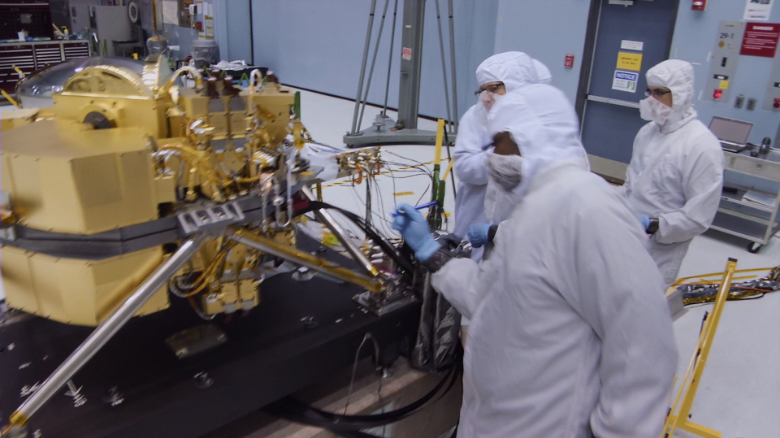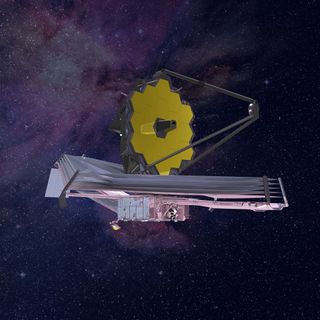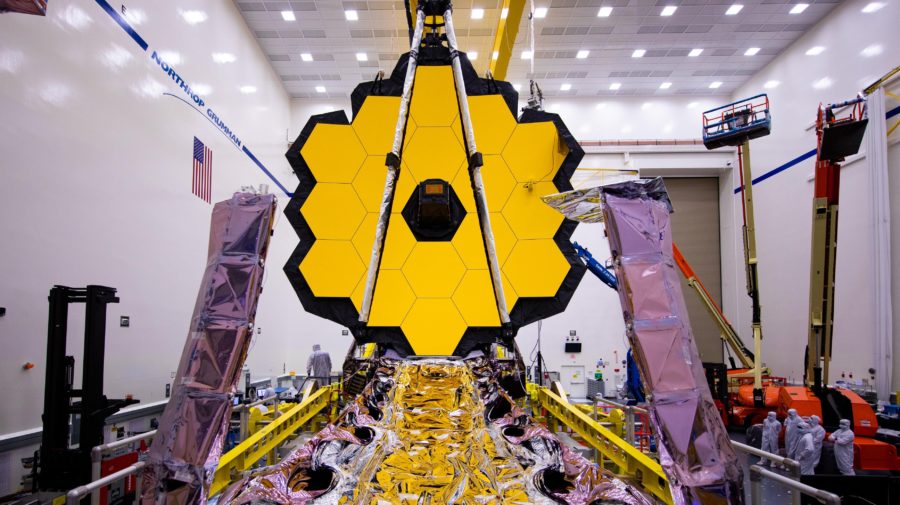NASA’s huge James Webb Space Telescope is one month from launch–
Webb is scheduled to lift off on Dec. 18.
The following written content by Elizabeth Howell

Webb is scheduled to lift off on Dec. 18.
The long-awaited launch of NASA’s next generational observatory, the James Webb Space Telescope, is just one month away.
The $9.8 billion Webb has overcome years of technical delays, funding issues and a pandemic to get to launch day in French Guiana, which is set for no earlier than Dec. 18.
Webb will have an ambitious science agenda stretching from studying small worlds in our solar system to surveying the outer reaches of the universe. “We’re going to look at everything there is in the universe that we can see,” Webb senior project scientist John Mather told reporters in a press conference on Wednesday (Nov. 18).

“We want to know, How did we get here?” added Mather, who works at NASA’s Goddard Space Flight Center in Maryland. “The Big Bang, How does that work? We’ll look, yes, and we have predictions. But we don’t honestly know [how].”
Serving as the successor to NASA’s venerable Hubble Space Telescope, Webb will journey to a distant destination about 1 million miles (1.6 million kilometers) from Earth known as a Lagrange point, a gravitationally stable spot between two celestial bodies.
It will take Webb a month to get there after launch. Then, the observatory will endure a six-month commissioning period that will include a variety of key milestones, from the unfurling of its complex mirror to ensuring that all instruments are working correctly, before Webb opens its eyes.
“At six and a half meters [21 feet], the primary mirror was too big to fit in a rocket, so we designed it so that would it would unfold in space,” Lee Feinberg, Webb optical telescope element manager at Goddard, said during today’s briefing. “It doesn’t fold like a drop leaf table, so … we needed mirrors that had to be in segments.”
The mirrors, Feinberg added, initially act like 18 separate telescopes, and it will take algorithms several months to align them properly, to a precision of one-5,000th the diameter of a human hair. And that’s assuming the telescope unfurls them all properly, which (despite years of testing and modeling) NASA has said is one of the biggest technical obstacles Webb will face.
Webb investigators are coy about what the telescope will focus on first once it’s ready. But clues come from the list of “early release science programs” that will prioritize Webb’s core science in the study of planets, the solar system, galaxies, black holes, stellar physics and star populations.
The first images will be in high demand, as mission scientists say the resolution will be 100 times better than that of Hubble and will reveal much more in infrared (or heat) wavelengths than the elder telescope can. Read more from Space.
For your interest, here’s an amazing video about life on the International Space Station:





